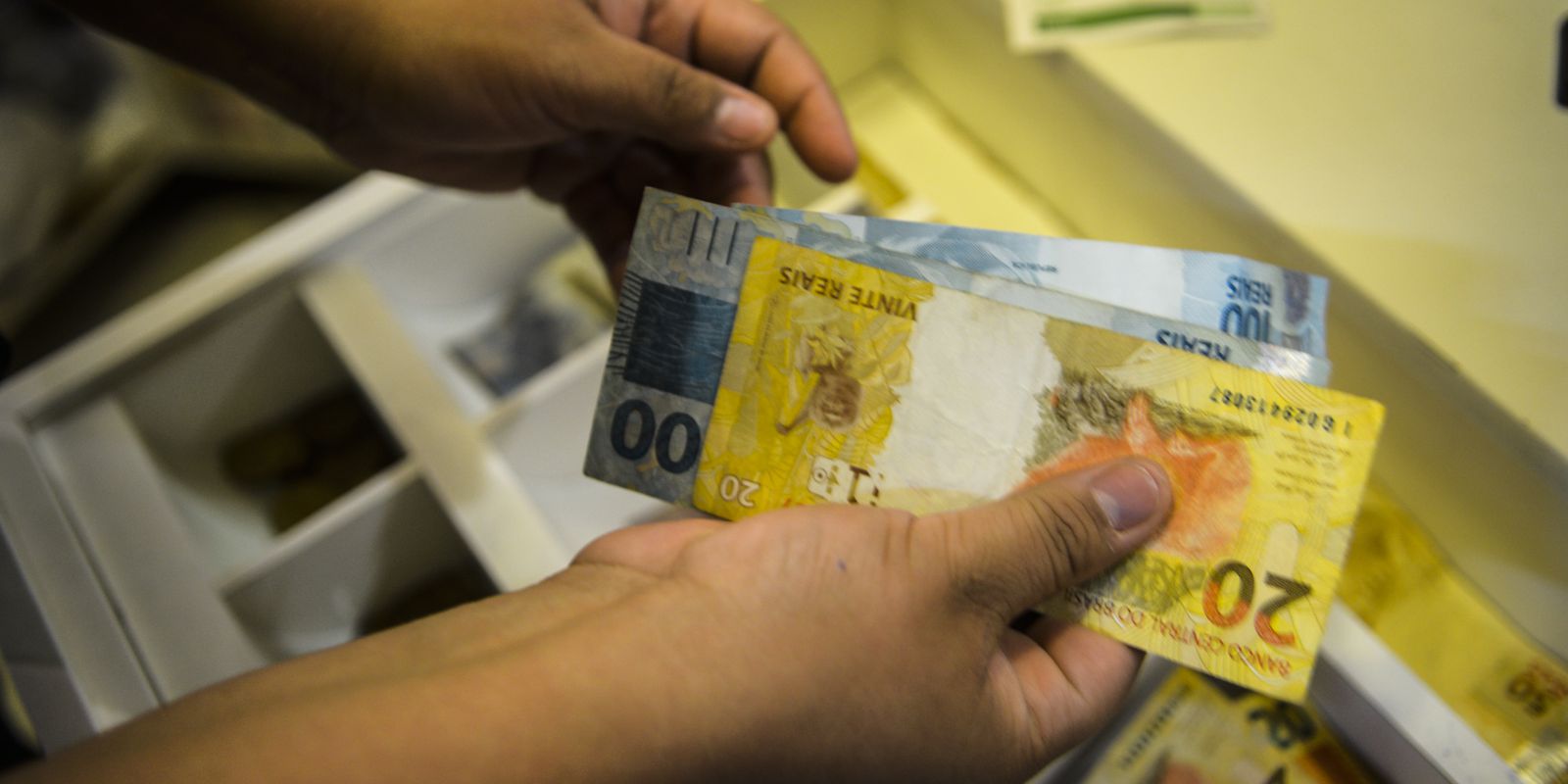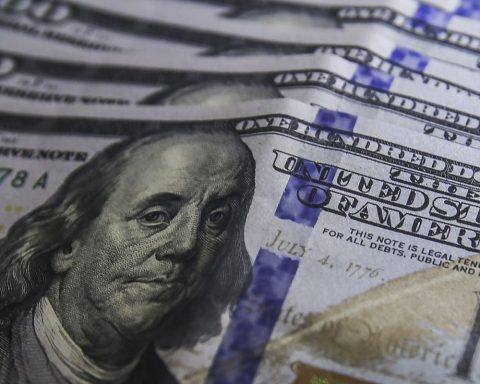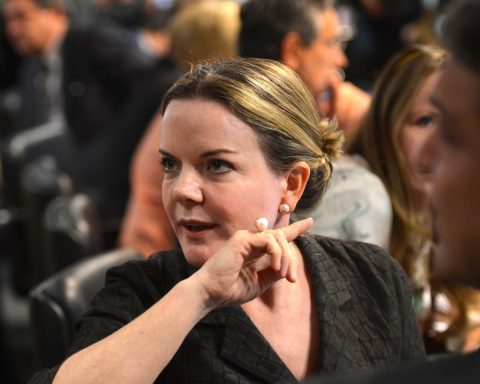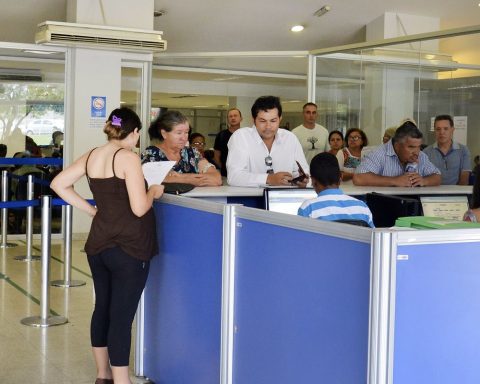Default reached one in four families in the capital of São Paulo in September, according to the Consumer Debt and Default Survey (PEIC), by the Federation of Trade in Goods, Services and Tourism of the State of São Paulo (FecomercioSP). With almost 1 million households with overdue bills, which represents 24.8% of households, the result is a record for the historical series of the survey, which began in August 2010.
Indebtedness also recorded an increase, reaching 76.9% of São Paulo households, which is equivalent to 3.09 million families with debts. In one year, there was an increase of 331 thousand families in this condition. The main types of debt are: credit cards (85.8%) and booklets (15.8%). The following are the types of credit: personal (11.9%), car financing (11.7%) and home financing (11.1%).
In the analysis by income range, families with a monthly income of up to ten times the minimum wage suffer the most impact. The indebtedness rate reaches 79.7% and delinquency reaches 30.1% in this segment. These percentages are also historic for this group. For those with higher incomes, 68.7% have debts and 11.2% are in default.
Most debts (46.8%) are over 90 days past due. Then, adding up to 30.7%, are delays from 30 to 90 days. Default cases with a delay of up to 30 days are 21.6%. The survey also points out that interest payments have been higher. That is, a consumer with a 30-day debt is paying more interest than a year ago, with the same delay period. “This removes resources from families and reduces the potential for consumption in commerce and services”, highlights FecomercioSP.
consumption intention
The index that calculates household consumption intentions (ICF), also from FecomercioSP, registered a monthly increase of 3.9% in September, from 81.9 points in August to 85.1. This is the highest level of the indicator since April 2020. All seven items evaluated rose in level, with emphasis on satisfaction with current income, which reached 102.5 points, an increase of 5.5% compared to the month previous. The index ranges from zero to 200 points, in which below one hundred points is considered unsatisfactory, and above one hundred points, satisfactory.
The Consumer Confidence Index (ICC) continued to rise, with a variation of 4.4% in September, having registered 111.5 points, which is the highest level of the year. According to the federation, the result was driven by the improvement in the Consumer Expectation Index (IEC), which rose 4.7% and recorded 137.3 points.
The Current Economic Conditions Index (ICAE), on the other hand, although it had a positive variation of 3.5%, the level of 72.7 points still represents pessimism. The ICC ranges from zero (total pessimism) to 200 (total optimism).

















